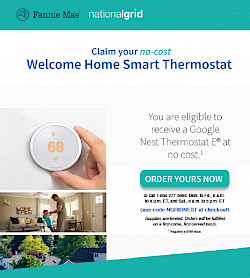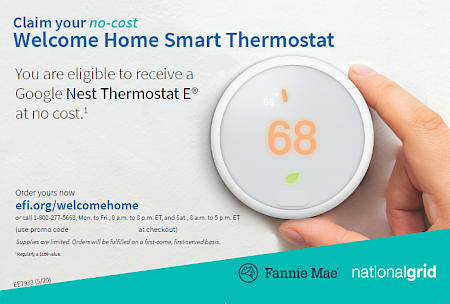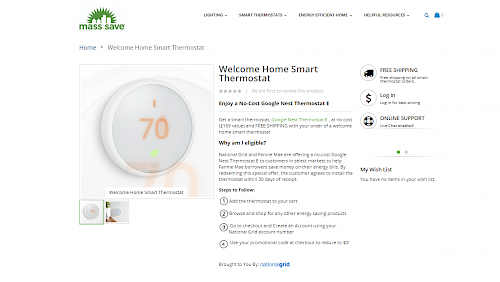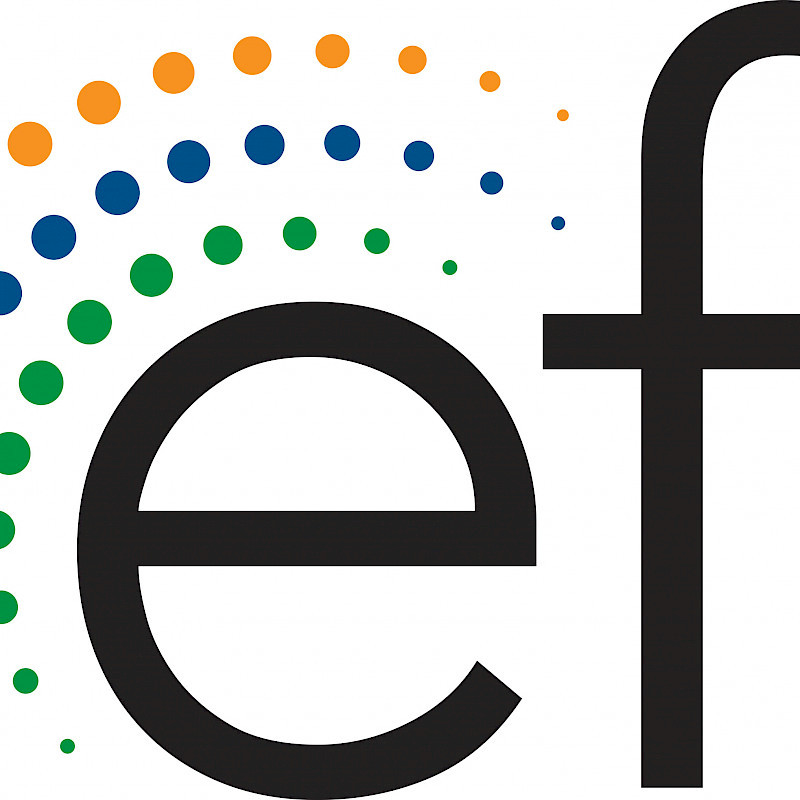Franklin Energy’s Product Division, AM Conservation, Agrees to Acquire Energy Federation, Inc.
Reaching an Underserved Community
 Energy Federation Incorporation
Energy Federation Incorporation
 The future of utility programs may include non-utility partners to address the unique challenges faced by underserved low-income households. In 2019, approximately 34 million people had incomes lower than the U.S poverty threshold. Even more households meet the less stringent “low income” definition, being households with incomes less than twice the poverty threshold1. Low-income households spend more on energy per square foot of space than higher-income households and devote a higher share of their income to energy2. Lowering the utility bill of a low-income family provides indirect benefits such as reduced dependence on high interest, short-term payday loans to pay utility bills3. While energy efficiency programs deliver the same benefits to utilities and the environment regardless of the income sector, the benefit is greater when low-income families are served.
The future of utility programs may include non-utility partners to address the unique challenges faced by underserved low-income households. In 2019, approximately 34 million people had incomes lower than the U.S poverty threshold. Even more households meet the less stringent “low income” definition, being households with incomes less than twice the poverty threshold1. Low-income households spend more on energy per square foot of space than higher-income households and devote a higher share of their income to energy2. Lowering the utility bill of a low-income family provides indirect benefits such as reduced dependence on high interest, short-term payday loans to pay utility bills3. While energy efficiency programs deliver the same benefits to utilities and the environment regardless of the income sector, the benefit is greater when low-income families are served.
Leveraging their respe ctive areas of expertise, Google, Fannie Mae, EFI, and National Grid have come together to help utility-sponsored smart thermostat programs better serve low-income households. Google has a goal to put one million thermostats into income-eligible households. Part of Fannie Mae’s mission is to ensure the availability of affordable financing in the United States by using mortgages to effectively identify low-income households. EFI, an organization delivering energy-efficiency programs for utilities throughout the U.S., can leverage special pricing on thermostats, financial resources, and utility-sponsored rebates to deliver thermostats directly to low-income households.
ctive areas of expertise, Google, Fannie Mae, EFI, and National Grid have come together to help utility-sponsored smart thermostat programs better serve low-income households. Google has a goal to put one million thermostats into income-eligible households. Part of Fannie Mae’s mission is to ensure the availability of affordable financing in the United States by using mortgages to effectively identify low-income households. EFI, an organization delivering energy-efficiency programs for utilities throughout the U.S., can leverage special pricing on thermostats, financial resources, and utility-sponsored rebates to deliver thermostats directly to low-income households.
 National Grid wanted to help a specific targeted demographic by offering them easy ways to save money in their homes. Currently, many homeowners are facing job loss and reductions in income, which results in trouble paying mortgage payments. National Grid created a campaign titled, “Welcome Home”, to reduce energy usage and increase savings by providing low income-qualified residential customers with a free Nest E thermostat. National Grid worked with Fannie Mae to determine which customers qualify in their database. Together, these companies determined who to market the energy assistance program to. Approximately 5,000 customers were contacted by email and direct mail. Responding customers would then order online at EFI Online Marketplace at www.poweredbyefi.org/masssave/welcome-home.html and use the promo code NGRIDNEST. Each customer would receive the new thermostat, along with installation instructions within 10 business days.
National Grid wanted to help a specific targeted demographic by offering them easy ways to save money in their homes. Currently, many homeowners are facing job loss and reductions in income, which results in trouble paying mortgage payments. National Grid created a campaign titled, “Welcome Home”, to reduce energy usage and increase savings by providing low income-qualified residential customers with a free Nest E thermostat. National Grid worked with Fannie Mae to determine which customers qualify in their database. Together, these companies determined who to market the energy assistance program to. Approximately 5,000 customers were contacted by email and direct mail. Responding customers would then order online at EFI Online Marketplace at www.poweredbyefi.org/masssave/welcome-home.html and use the promo code NGRIDNEST. Each customer would receive the new thermostat, along with installation instructions within 10 business days.
4According to Google, the savings for the individuals living in Massachusetts could average between $131 and $141 each year just by upgrading their current thermostat to the Google Nest E smart thermostat. With the help of non-utility partners, National Grid was able to deliver over 500 Nest E Thermostats to low-income customers, while also promoting additional ways to save. Was this promotion successful? The results speak for themselves!
- 45% email open rate
- 11% click rate
- 1,747 page visits
- 20% conversion rate
- 5117,679 annual kWh saved
- 5$12,450 annual avoided energy costs
2 http://energyefficiencyforall.org/sites/default/files/Lifting%20the%20High%20Energy%20Burden_0.pdf
3 https://www.fdic.gov/news/conferences/consumersymposium/2012/a%20complex%20portrait.pdf
4https://nest.com/thermostats/real-savings/?hl=en-US
5 Based on Massachusetts TRMs
Subscribe
Resources
Latest Updates
Customer Testimonials
Lets Talk!
Reach your customers & Exceed your goals
Contact EFI